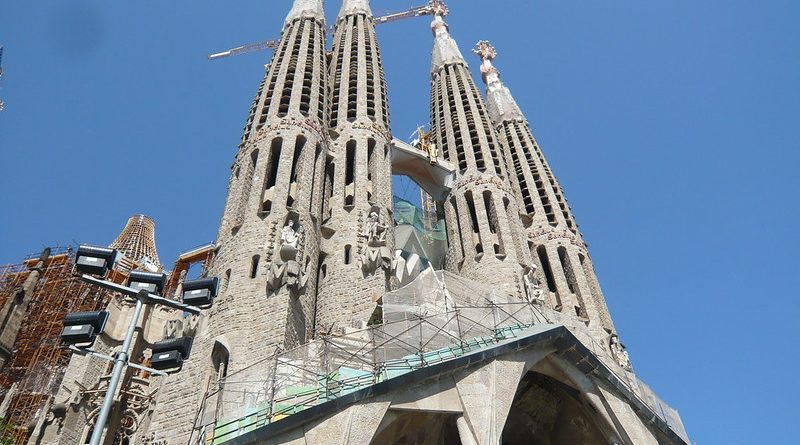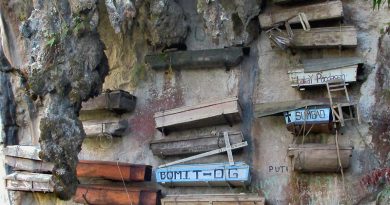The Grid Plan – A Barcelona city invention
Most cities in Europe have a Gothic quarter, that’s how most cities where built in medieval times. What’s unique and specific to Barcelona is the ‘Ensanche’, the way the city expanded in the 19th century. And Ildefons Cerda is the man to thank for it. He came up with a revolutionary urban plan that would change the face of the city. Cerda was an engineer who designed the 19th-century “extension” of Barcelona called the Eixample Because of his extensive theoretical and practical work, he is considered the founder of modern town planning as a discipline, having coined the word “urbanization”.
In the 1850s, Barcelona was able to expand with the demolition of the walls, but also there was an economic expansion and the cultural reawakening of the Catalan renaissance.
Barcelona’s ensanche was the boldest urban expansion that ever took place in Europe. The plan for grided cities existed before. In fact, it was the Spanish that came up with the ‘modern grid’. What we today understand as a modern city is a Spanish invention. The reason for this is that they needed an easily implemented and recognised urban plan/system in their American colonies. They needed to build cities quickly, but also needed to create a city that was easily replicable.
In Barcelona, Cerda knew he needed a model that created logic and order so he used the ‘modern grid’ adding or introducing other elements to create an exception to that model. You could say that the grided city went from Spain to America, back to Spain and was reinvented by Cerda.
Characteristics of the Cerda Plan
Included ;
*Junctions: If you look at the junctions in Barcelona, when two streets cross, rather than cutting the corners at a 90 degree angle, Cerda did it at a 45 degree angle. What this does it to create a little square, a larger space for the junction which makes the city more airy. It opens up the space.
*Blocks :The city is divided in ‘blocks’ and the interior of each block is empty. Cerda wanted these new residential buildings – the apartment blocks – to have patios and gardens for the residents to enjoy.
*Mixed use buildings : Cerda also put business and apartment blocks together. And you must be thinking, what’s odd about that? Aren’t all our cities like that? Not then. At the time this was a revolutionary idea. Traditionally, the business and the residential areas were separate.




